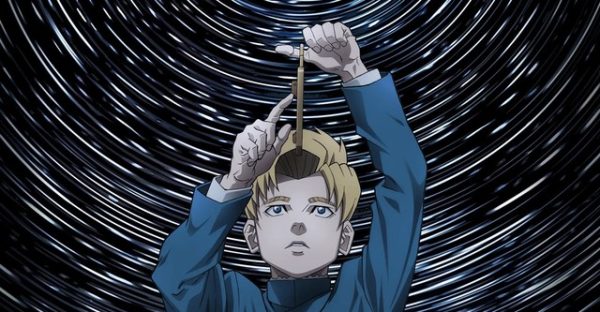Medical marijuana should not have limit on medical needs

photo by Provided by Creative Commons
Medical Marijuana is expected to make $1.5 billion by 2020.
Even though Donald Trump’s victory in the presidential election was the main story across the country on Wednesday, Nov. 9, for Florida, it was not the only thing worth talking about, as Amendment 2, the legalization of medical marijuana, was also passed on election night.
The amendment received a 71 percent yes vote, which was well over the 60 percent required for approval. This is a step in the right direction because the benefits for the medically needy are not enough yet, but might be in the future.
Even though marijuana will not be for recreational use, Florida will mirror what Colorado did in 2014, when the state created more than 10,000 jobs by operating and implementing the growth, distribution and sale of marijuana in dispensaries to patients in need.
Initially, Amendment 2 is designed for people with only 10 specific medical needs: cancer, epilepsy, glaucoma, HIV, AIDS, post-traumatic stress disorder, amyotrophic lateral sclerosis, Crohn’s disease, Parkinson’s disease and multiple sclerosis. However, in the future the 10 medical needs has to be expanded.
My 20-year-old brother Brandon has severe autism, a condition that impairs his ability to speak. At times he can be aggressive, and that can cause him to have panic attacks or harm others. Brandon would be a perfect candidate for medical marijuana, which is why both of my parents voted yes on Amendment 2. The marijuana would be used to calm him down, not because he wants to get high.
Also, former NFL offensive tackle Eugene Monroe has spoken out about medical marijuana being an alternative to pain killers for players to treat injuries suffered in games. Even though the consumption of marijuana is still banned under the league’s substance abuse policy, the NFL should let the player have the freedom to choose what would be best for treating injuries, which is why current players, including Pittsburgh Steelers offensive lineman Ramon Foster, have offered further research and support to Monroe. Under the amendment, neither my brother nor Monroe would be eligible to use medical marijuana, but hopefully that will change in the future.
Although the legalization of marijuana has seen its share of jokes, the medical use of marijuana will not be the same as the recreational use we see in Colorado. According to the amendment, the use of “pot candy” will be banned and there will be a limit on the THC levels, resulting in only a calming effect.
The process to obtain medical marijuana will be almost the same as the 27 other states that have approved it. Typically a doctor’s approval is the first step, followed by receiving an identification card from the state. Then, the person can go to a licensed dispensary to get the drug. It is still unclear how the medical marijuana will be consumed, but options are smoking, pill form or taking it as a liquid.
Despite the passing of the drug, Morgan and Morgan Attorneys CEO John Morgan, who donated about $8 million to campaign for the amendment, said it would not be until 2018 before the Florida legislature can put the infrastructure in place to begin the disbursement of prescription marijuana.
The next step for the amendment, which guarantees the right of patients with certain “debilitating” illnesses the right to use cannabis, is to take effect in January 2017. However, Florida lawmakers must still draft rules for how the law will be implemented and regulated, a process that will begin in March 2017. While it will be a long process before medical marijuana is actually prescribed to people with the 10 medical needs and even longer for people like my brother or Monroe, at least there is progress being made.
Your donation will support the student journalists of Hagerty High School. We are an ad-free publication, and your contribution helps us publish six issues of the BluePrint and cover our annual website hosting costs. Thank you so much!






